Differences In Pear Varieties
|
Originally published in September 2020; updated September 2021.
Another pear harvest has come to a close for our Rushing Rivers™ pear growers, and now there are numerous pear varieties making their way to your grocery store. Most of us are familiar with two pears – Bartlett and d’Anjou – because these varieties have the highest volume, so you’ll see them most often. However, just like apples, there are many flavors of pears offering their own eating experience and usage. Read below for more on the difference in pear varieties.
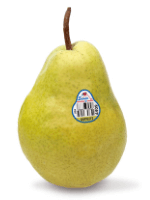
Bartlett: This iconic bell-shaped pear is the main variety you’ll find in stores from August through January. It differs from the winter d’Anjou variety by changing color as it ripens. Bartlett’s are best enjoyed when they’re yellow and the skin gives slightly when pressure is applied near the neck end. Bartlett pears are very popular for snacking, and the main variety used for canning.
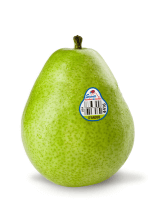
D’Anjou: This winter pear variety is egg-shaped and green in color. We call it a “winter” pear because it replaces summer varieties like Bartlett and Starkrimson in supermarkets each winter, and also because it harvests after all the summer varieties are complete (in October). D’Anjou has a firmer texture than Bartlett and won’t change color as it ripens (so you have to check the neck). Once it’s ripe and ready, it’s hard to beat the juicy, sweet and citrus-like flavor of a d’Anjou. I prefer this pear as a fresh snack, but it’s also great for roasting or baking as it can withstand high temperatures.
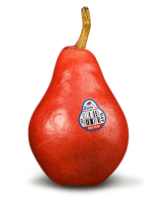
Red Pears: There are three pear varieties that make up this group, including: Starkrimson, Red Bartlett, and Red d’Anjou. At Stemilt, we primarily grow Starkrimson and Red d’Anjou. The main difference between these pears and the leading varieties (Bartlett and d’Anjou) is that they’re red in color! These pears are a great choice for cheese boards, or any fresh snack for that matter.
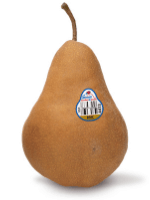
Bosc: You’ll recognize Bosc as the bronze-colored pear with an elongated neck. It differs from other pear varieties not only by its color but also by its sweet and spicy flavor. You’ll recognize notes of all your favorite fall spices (cinnamon, nutmeg, etc.) in this pear, making it a great choice for poaching or baking.
Concorde: Concorde is a specialty pear that looks similar to other green pear varieties, but tastes quite unique. It is very sweet with a juicy flesh and vanilla-like flavor. It’s a great pear for all purposes, but its dessert-like flavor makes it a favorite of mine to eat all on its own.
Other pear varieties:
Seckel: We call Seckel the sugar pear because it is incredibly sweet! It’s also much smaller than most pears and has a short season from September to December. You won’t find Seckel pears often, but when you do, definitely pick one up and enjoy it for a sweet snack. Because of its size, you won’t want to cook or bake with them.
Comice: Comice is a red-over-green pear with a short and round shape. It has very soft and has a creamy flesh and is quite the sweet treat. It’s another specialty pear you won’t find easily at your store, but if you love juicy fruits, than Comice is the best one for you!
Forelle: Forelle means trout in German and this pear gets that name because it has the same coloring as a Rainbow trout! Like Seckel and Comice, Forelle is a smaller-sized pear. Its flesh is more dense and coarse than other pear varieties and it has a sweet, cinnamon-spiced flavor that is quite unique. The flavor of Forelle is enhanced when you pair it with a sharp cheese.
Check out this video to learn more about some of the pear varieties we have at Stemilt and their best attributes!
Now that you know the difference in pear varieties we offer at Stemilt, you can start enjoying each one! I’d love to hear from you in the comments about your favorite pear variety, and why it comes out on top for you!

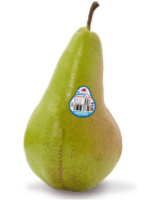
2 Comments. Leave new
Where would you classify the Tosca pears we purchased recently at Stemilt?
Hi Nancy! I’m piping in here for Tate, but Tosca is very similar to Bartlett in texture and flavor. It is one of my personal favorite pears. I hope you enjoyed!